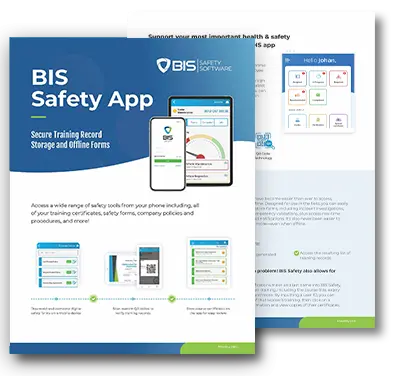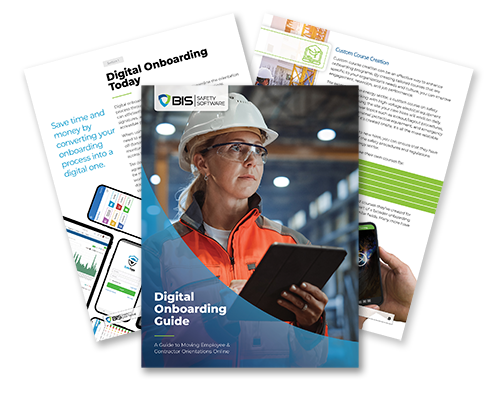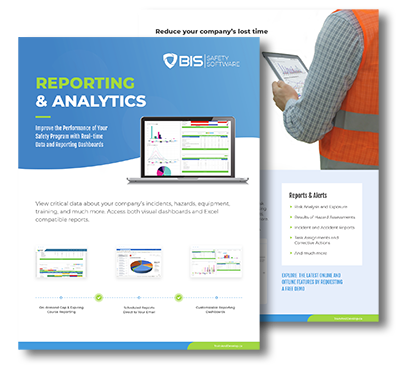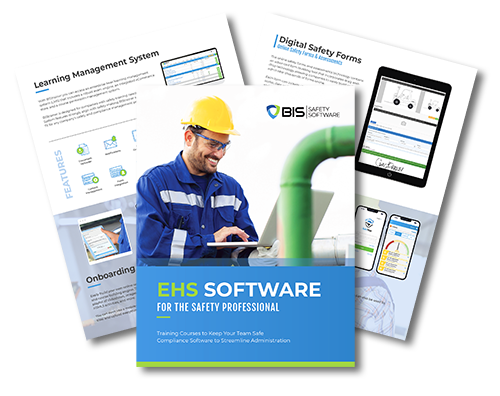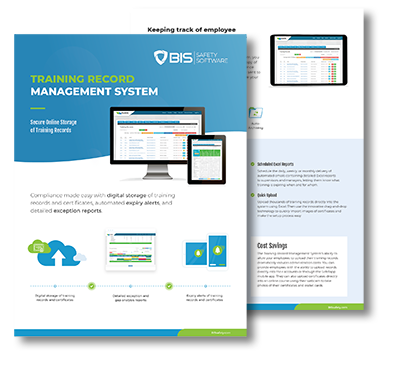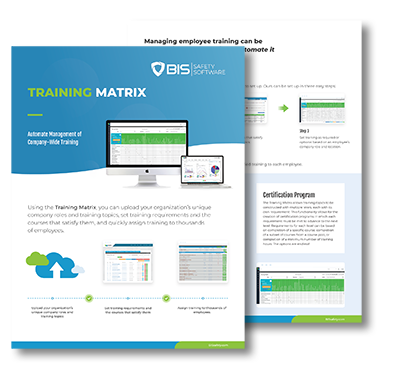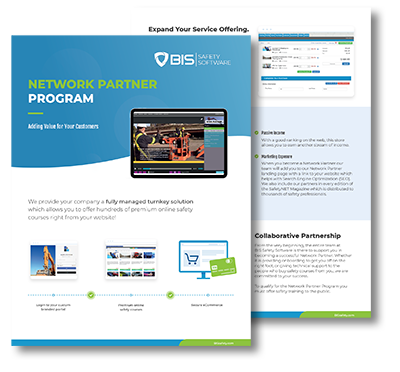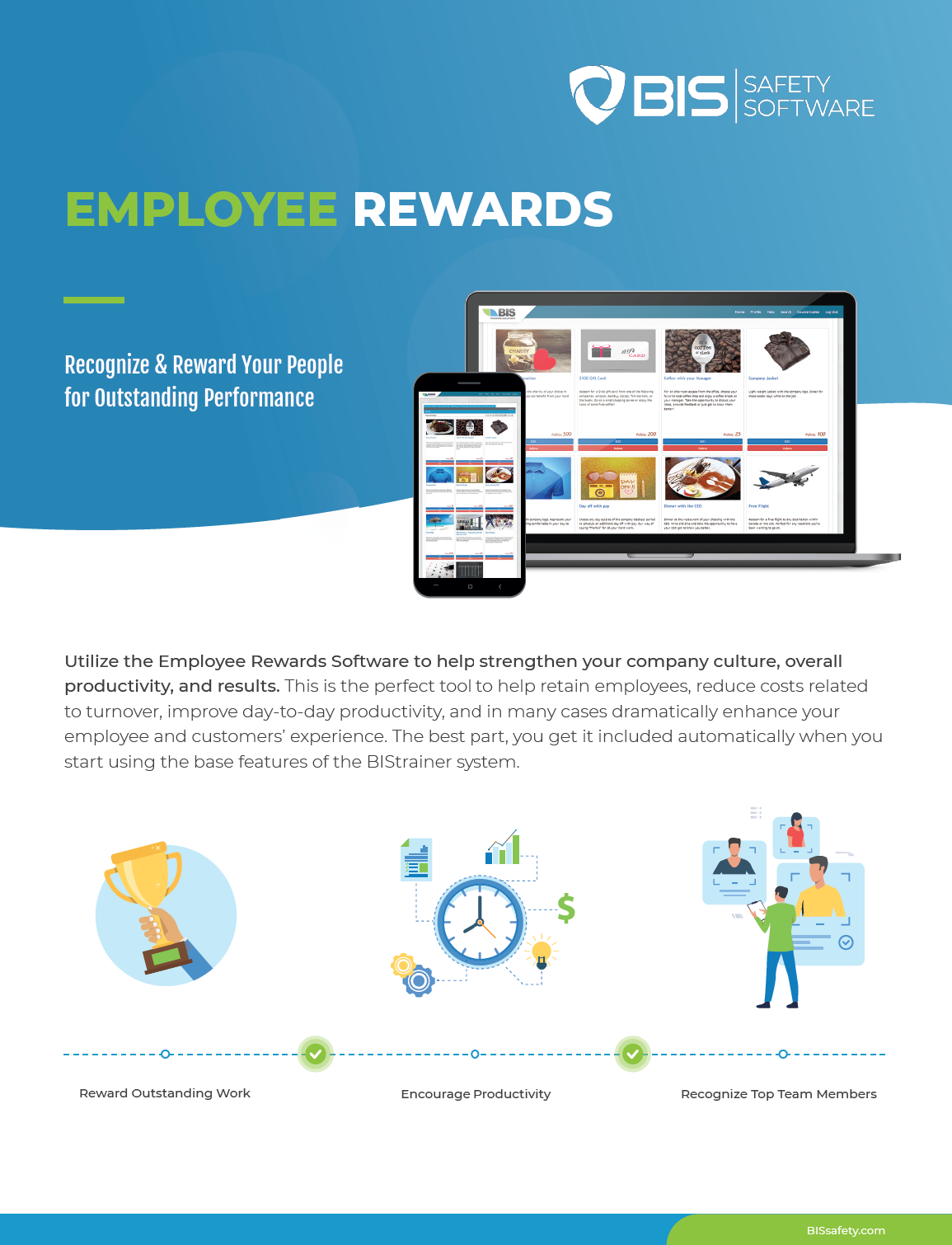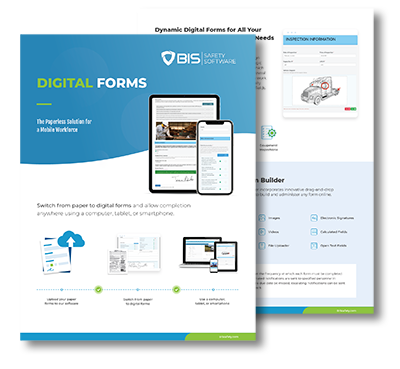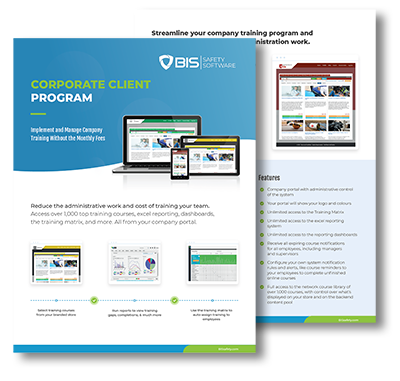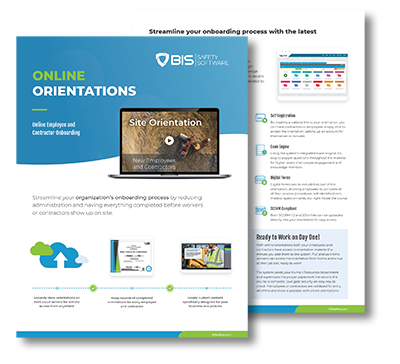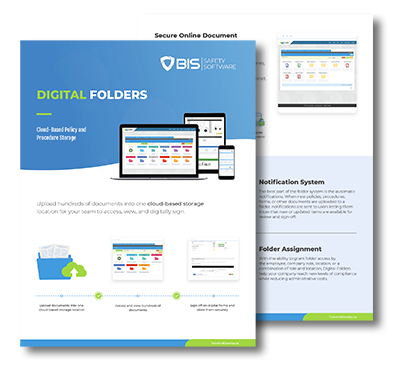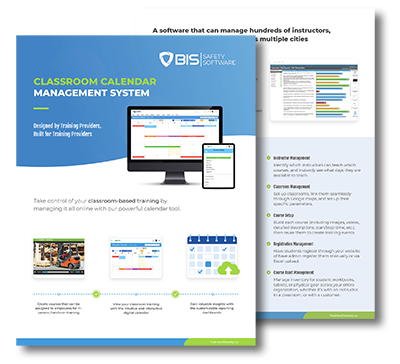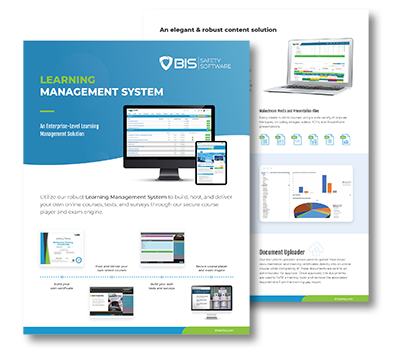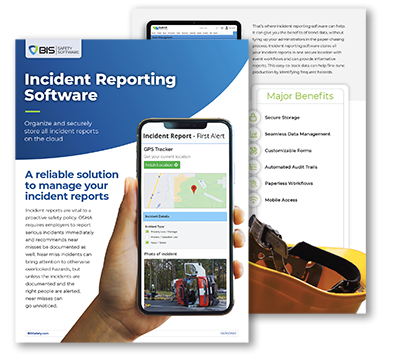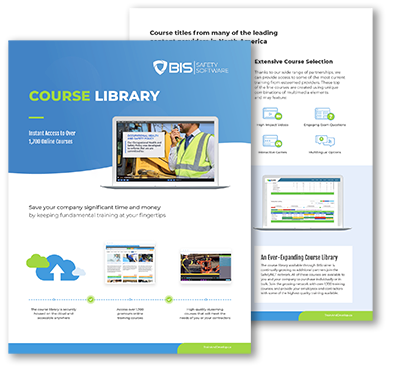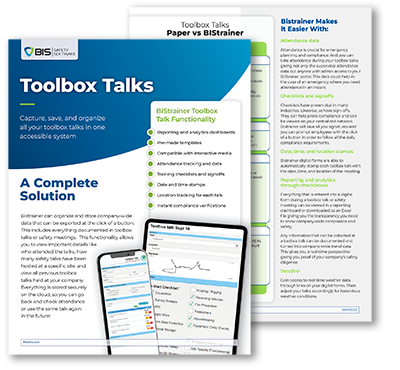How to Select the Best Incident Reporting Software for Optimal Results
Table Of Contents:
- Understand the Importance of Incident Reporting Software
- Identify Your Organization’s Specific Needs and Goals
- Evaluate Key Features of Incident Reporting Software
- Research and Shortlist Potential Software Vendors
- Consider Total Cost of Ownership and Return on Investment
- Make an Informed Decision and Implement the Software
- Conclusion
Selecting the right incident reporting software can significantly improve your organization‘s approach to security incident management. Did you know that effective incident response tools can reduce the time spent on reporting and resolving issues by up to 40%? In this article, I will guide you through understanding the importance of incident reporting software, identifying your specific needs and goals, and evaluating key features that can enhance access control. By the end, you will have the tools to make an informed decision that streamlines your incident reporting process and boosts overall safety in your workplace.
Understand the Importance of Incident Reporting Software
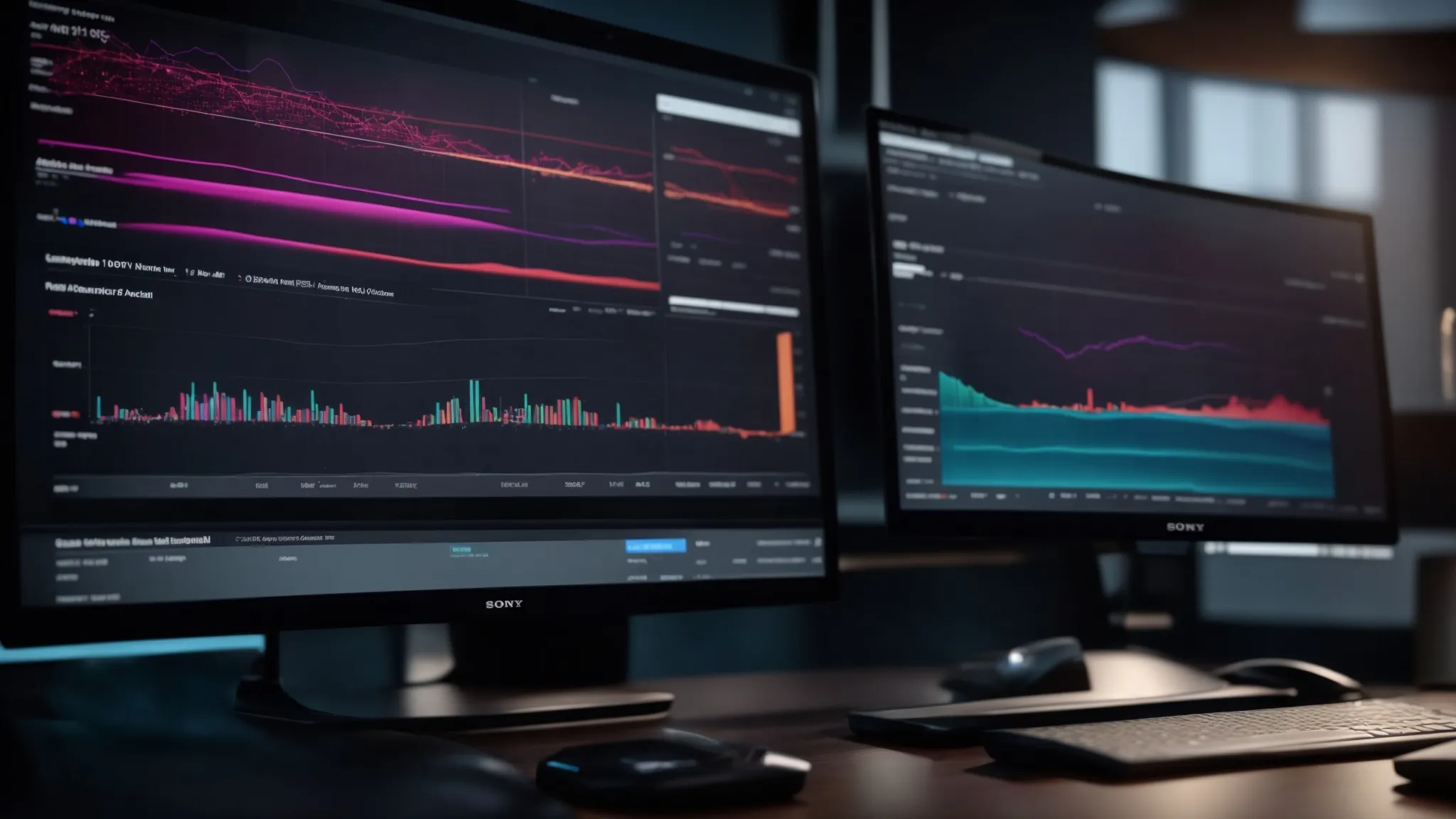
Effective incident reporting software enhances safety and compliance, streamlining incident management processes while improving data accuracy and accessibility. With tools like xmatters, businesses can facilitate proactive risk management, increasing visibility and productivity. This, in turn, reduces costs related to incidents. Each upcoming section will delve deeper into how these elements contribute to a superior user experience and customer service.
Enhance Safety and Compliance With Effective Reporting
In my experience, leveraging effective incident reporting software significantly boosts safety and compliance within an organization. By fostering transparency in reporting processes, I have observed that teams gain confidence in their ability to manage incidents effectively, which helps reduce the complexity of compliance requirements. Additionally, thorough research and accurate data collection mitigate risks and pave the way for a well-organized response strategy, ensuring that organizations can learn from past incidents and implement necessary improvements.
Streamline Incident Management Processes
Streamlining incident management processes is crucial for enhancing efficiency within any organization. From my perspective, a robust incident reporting software solution should include analytical tools that facilitate data-driven decision-making. By integrating project management features, teams can systematically track incidents, analyze trends, and foster a safety culture that continuously improves processes based on real-time feedback and historical data.
Improve Data Accuracy and Accessibility
Improving data accuracy and accessibility is vital for effective incident management, particularly when conducting risk assessments. In my experience, using incident reporting software like Opsgenie allows teams to triage incidents more efficiently, ensuring that critical issues are prioritized and addressed promptly. A strong policy surrounding data security within the software safeguards sensitive information, further enhancing confidence in the reporting process and enabling organizations to respond effectively to potential risks.
Facilitate Proactive Risk Management
Facilitating proactive risk management is a game changer in any organization. I’ve seen firsthand how tools like PagerDuty and Splunk can streamline workflows, allowing teams to identify potential risks before they escalate. By incorporating features that ensure real-time notifications and transparency, I find that these solutions significantly capture my team’s attention, leading to faster response times and mitigation strategies that protect both people and assets.
Reduce Costs Associated With Incidents
Reducing costs associated with incidents is a primary benefit of implementing robust incident reporting software. In my experience, tools like ServiceNow not only streamline incident management but also enable effective root cause analysis, which helps organizations identify underlying issues and prevent recurrence. By creating a comprehensive knowledge base, teams can learn from past mistakes and ensure more efficient use of resources, ultimately driving down operational costs and supporting a safer work environment.
Identify Your Organization‘s Specific Needs and Goals

To select the best incident reporting software, I recommend starting by assessing your current incident management challenges. Defining clear objectives for new software implementation will guide your selection process. It’s essential to determine the features and functionalities that meet your specific needs, while also considering user accessibility and training requirements. Aligning your choice with regulatory standards ensures that the solution supports safety and stakeholder contracts while providing the scalability necessary for future growth.
Assess Current Incident Management Challenges
In assessing current incident management challenges, I often begin by evaluating the gaps within our existing incident reporting system. By identifying areas that cause noise reduction during incident response, I can pinpoint inefficiencies in communication and routing that hinder timely resolutions. Gaining this knowledge enables me to seek software solutions that streamline processes, enhance collaboration among teams, and ultimately improve our organization‘s incident management capabilities.
Define Objectives for New Software Implementation
When defining objectives for new software implementation, I have found it essential to consider how incident reporting software will fit into our existing IT service management framework. Setting clear goals, such as enhancing data accuracy and leveraging event correlation techniques, allows for improved incident response aligned with ITIL best practices. By identifying these objectives early on, I can ensure that the management software we choose not only fulfills immediate needs but also supports our long-term strategic vision for operational efficiency and safety.
Determine Essential Features and Functionalities
Determining essential features and functionalities is a critical step when selecting an incident management solution, as it ensures that the software aligns with your organization‘s specific needs. In my experience, tools like Jira Service Management have proven invaluable due to their robust collaboration features and user-friendly interfaces. Key aspects to consider include reporting capabilities, ease of integration with existing systems, and the vendor‘s ability to provide ongoing support and usability enhancements. These elements play a significant role in creating an efficient and effective incident reporting environment:
- Reporting capabilities to generate insights and track performance.
- Integration features that work seamlessly with existing workflows.
- Collaboration tools that enhance communication among team members.
- User-friendly interfaces that improve the overall usability of the software.
- Vendor support for troubleshooting and ongoing improvements.
Consider User Accessibility and Training Requirements
When selecting an incident reporting software, I emphasize the importance of user accessibility and training requirements. It’s vital that the incident management system is intuitive and easy to navigate for all team members, reducing frustration and ensuring timely reporting of hazards. Additionally, considering the available training resources can significantly enhance the software’s effectiveness; I often recommend organizations request a demo to better understand the training needs and how the software fits into their existing risk management processes.
Align Software Selection With Regulatory Standards
Aligning software selection with regulatory standards is essential for effective risk management in any organization. I often review frameworks that govern our industry to ensure that the incident reporting software we choose not only addresses our immediate risks but also complies with applicable regulations. Features such as mobile app accessibility can further improve usability across teams, ensuring that all members can report incidents promptly and accurately, thus fostering a safer work environment.
- Review regulatory frameworks relevant to your industry.
- Ensure software complies with safety and reporting standards.
- Consider mobile app accessibility for timely incident reporting.
- Assess risk management features of the software.
- Engage all team members to ensure compliance and effectiveness.
Evaluate Key Features of Incident Reporting Software

When selecting incident reporting software, I prioritize key features that enhance incident management efficiency. A user-friendly interface eases navigation and reduces downtime caused by complicated systems. Customization options for forms and reports accommodate specific needs, while integration capabilities ensure seamless compatibility with existing systems. Additionally, real-time notifications and robust data analysis tools help minimize noise and facilitate informed risk assessments.
Each of these elements plays a critical role in creating a comprehensive reporting environment. I find that focusing on these features allows teams to manage incidents effectively, enabling faster response times and continuous improvement.
User-Friendly Interface and Ease of Navigation
A user-friendly interface is essential when selecting incident reporting software, as it minimizes the learning curve for team members. In my experience, platforms like Datadog employ intuitive designs that streamline troubleshooting processes, allowing users to focus on incident documentation rather than navigating complex menus. Prioritizing interfaces that integrate machine learning capabilities can also enhance data handling, ensuring that critical information is easily accessible and actionable for prompt incident resolution.
Customization Options for Forms and Reports
Customization options for forms and reports are critical in selecting an effective incident management platform. I have found that the ability to tailor reporting templates not only enhances compliance with various regulations but also ensures that the database captures all necessary data specific to my organization’s needs. Many providers offer a free trial, allowing teams to explore customization capabilities, which I find invaluable in maximizing the intelligence of the software and streamlining our incident management processes.
Integration Capabilities With Existing Systems
Integration capabilities with existing systems are pivotal for effective incident management processes. From my experience, seamless integration not only accelerates the adoption of the software but also enhances the user interface, allowing teams to transition smoothly without disruption. By ensuring compatibility with tools already in use, organizations can maintain their reputation for efficiency and responsiveness, leading to improved customer satisfaction and reduced incident resolution times.
Real-Time Notifications and Alert Systems
Real-time notifications and alert systems are essential features of incident reporting software that significantly enhance response effectiveness. In my experience, these systems ensure that critical issues are immediately communicated to the relevant stakeholders, enabling prompt action and better data analysis. For organizations focused on regulatory compliance, a reliable interface combined with high uptime guarantees that alerts are sent without delays, which ultimately supports continuous safety improvements.
Robust Data Analysis and Reporting Tools
Robust data analysis and reporting tools are essential features of effective incident management software that can significantly enhance an organization’s operational efficiency. In my experience, having access to well-designed dashboards and reporting functionalities allows me to visualize incident trends and patterns in real time, which is critical for making informed decisions. Automation features within these management tools enable the generation of comprehensive status pages that keep end users informed about ongoing incidents, ultimately fostering a culture of transparency and accountability.
- Access to real-time dashboards for improved decision-making.
- Ability to visualize incident patterns and trends.
- Automation of reporting processes for efficiency.
- Comprehensive status pages to keep end users informed.
- Enhanced communication and accountability across teams.
Research and Shortlist Potential Software Vendors

To select the best incident reporting software, I recommend exploring top incident management platforms, such as those offered by Atlassian. Reading user reviews and testimonials will provide insights into the efficiency and functionality of these solutions. Additionally, assessing vendor experience and reputation, examining support and maintenance services, and requesting demonstrations or free trials will help you gauge their business intelligence capabilities.
Explore Top Incident Reporting Software Providers
When exploring top incident reporting software providers, I recommend focusing on those with strong customer support and well-established help desk operations. In my experience, platforms that offer robust audit capabilities not only streamline incident resolution but also enhance customer satisfaction by providing clear accountability and transparency throughout the process. This combination of features ensures that incidents are managed effectively, leading to quicker resolutions and a more reliable service experience for end users:
- Identify providers known for strong customer support systems.
- Look for software that includes comprehensive audit trails.
- Ensure help desk features enhance incident resolution efficiency.
- Evaluate customer satisfaction ratings and testimonials.
- Request demonstrations to assess usability and effectiveness.
Read User Reviews and Testimonials
When selecting incident reporting software, reading user reviews and testimonials plays a vital role in understanding its practical applications and effectiveness. In my experience, these insights reveal how well the software functions within existing infrastructure and whether it meets the specific needs of organizations similar to yours. Paying close attention to feedback regarding ease of use, integration capabilities, and overall performance can guide you toward a solution that best aligns with your requirements:
- Focus on user experiences related to infrastructure compatibility.
- Look for comments highlighting ease of use and training provided.
- Assess feedback on integration with current systems and workflows.
- Evaluate overall satisfaction ratings to gauge software reliability.
- Pay attention to any specific challenges users faced during implementation.
Assess Vendor Experience and Reputation
When assessing vendor experience and reputation for incident reporting software, I prioritize looking at their track record in delivering reliable solutions that meet industry standards. I often check for how long they have been in the market and analyze customer feedback regarding their software’s effectiveness and support services. This insight is invaluable, as it not only helps to gauge their ability to respond to client needs but also ensures I’m selecting a vendor committed to continuous improvement and user satisfaction.
Examine Support and Maintenance Services
When examining support and maintenance services for incident reporting software, I prioritize vendors who offer comprehensive assistance tailored to diverse business needs. Reliable support ensures that issues are resolved quickly, minimizing downtime and maintaining operational continuity. In my experience, having access to regular software updates and maintenance schedules is crucial; it keeps the platform running smoothly, which ultimately enhances productivity and safety.
Request Demonstrations and Free Trials
When I’m evaluating incident reporting software, I always prioritize requesting demonstrations and free trials. This hands-on approach allows me to engage directly with the software’s features while assessing its suitability for my organization’s unique needs. I’ve found that these trials offer invaluable insights into user interface efficiency, integration capabilities, and overall functionality, ensuring I make an informed decision that ultimately enhances our incident management processes.
Consider Total Cost of Ownership and Return on Investment

When selecting incident reporting software, analyzing total cost of ownership and potential return on investment is critical. I evaluate upfront costs and licensing fees, implementation and training expenses, and long-term maintenance costs to gain a comprehensive view. Additionally, assessing future scalability needs ensures that the software remains viable as the organization evolves. These factors collectively guide my decision-making process.
Analyze Upfront Costs and Licensing Fees
When analyzing upfront costs and licensing fees for incident reporting software, I focus on various factors that can impact our budget and overall sustainability. It’s essential to account for not just the initial purchase price but also ongoing expenses such as annual subscription fees, user licenses, and potential costs for additional features. My experience has shown that comparing several options helps identify the best value, as some vendors may offer flexible pricing models or tiered licensing that can save money in the long run while still meeting our incident management needs.
Evaluate Implementation and Training Expenses
Evaluating implementation and training expenses is crucial when selecting incident reporting software. I have found that understanding the total costs associated with rolling out a new system, including training for staff and setup expenses, can significantly influence the overall budget. For instance, investing in comprehensive training can lead to higher user adoption rates, which ultimately enhances the effectiveness of the software and supports a safer working environment. By considering these expenses upfront, I can ensure that our organization not only meets its operational needs but also reaps a strong return on investment over time.
Factor in Long-Term Maintenance Costs
When I evaluate incident reporting software, I always factor in long-term maintenance costs, as these can significantly influence the total cost of ownership. Regular updates, software support, and the need for occasional system upgrades can add up over time, impacting our budget. I’ve observed that understanding these costs upfront helps organizations select solutions that not only meet immediate needs but also align with their long-term strategic goals, ensuring sustainability and efficiency in incident management.
Assess Potential Return on Investment
When assessing the potential return on investment (ROI) of incident reporting software, I focus on how the solution can enhance operational efficiency and mitigate risks, ultimately leading to significant cost savings. Tracking metrics such as incident resolution times and compliance rates allows me to quantify these improvements, demonstrating tangible benefits to stakeholders. In my experience, investing in effective reporting software not only reduces the frequency of incidents but also enhances employee confidence in reporting, leading to a safer work environment and fewer disruptions to productivity.
Plan for Future Scalability Needs
When planning for future scalability needs in incident reporting software, I emphasize the importance of choosing a solution that can grow alongside my organization. It is crucial to assess whether the software can accommodate increased user loads and additional features without significant extra costs. For instance, I often opt for platforms that allow for easy integration of new capabilities, ensuring that they remain effective even as our operational demands evolve, thus optimizing both performance and return on investment over time.
Make an Informed Decision and Implement the Software

To ensure the successful adoption of incident reporting software, I recommend involving key stakeholders in the selection process. This collaboration is essential to develop a detailed implementation plan, provide comprehensive training for users, and monitor software performance post-implementation. By continuously optimizing processes based on user feedback, organizations can enhance the effectiveness of their incident reporting efforts, achieving optimal results.
Involve Key Stakeholders in the Selection Process
Involving key stakeholders in the selection process of incident reporting software is crucial for making an informed decision that meets organizational needs. I routinely engage team leaders, risk managers, and IT personnel to gather insights on their specific requirements and expectations, enabling me to tailor the software choice to enhance usability and integration. By fostering open communication among stakeholders, I find that we can effectively address potential concerns and ensure the software supports our safety and compliance objectives:
- Gather insights from team leaders on their requirements.
- Involve risk managers to assess safety needs and compliance standards.
- Engage IT personnel for assessment of integration and technical support.
- Encourage feedback from users to identify potential concerns.
- Foster open communication to align software capabilities with organizational goals.
Develop a Detailed Implementation Plan
To develop a detailed implementation plan for incident reporting software, I prioritize clear timelines, defined roles, and specific milestones to track progress effectively. My experience has shown that involving key team members early in the planning phase fosters greater ownership and accountability, which ultimately enhances adoption rates. Additionally, I ensure that training sessions are scheduled to coincide with the software rollout, allowing users to familiarize themselves with the platform while also receiving ongoing support as they adapt to new processes.
Provide Comprehensive Training for Users
Providing comprehensive training for users of incident reporting software is essential for maximizing its effectiveness and ensuring smooth implementation. In my experience, I have found that tailored training sessions, which address the specific features and functionalities of the software, empower team members to navigate the safety system confidently and efficiently. Fostering a supportive learning environment, complete with ongoing resources and feedback opportunities, ultimately enhances user adoption and enhances the overall impact of the incident management system on workplace safety and compliance.
Monitor Software Performance Post-Implementation
Monitoring software performance post-implementation is a critical step in ensuring that the incident reporting system continues to meet organizational needs. I make it a priority to regularly review key performance indicators, such as incident resolution times and user engagement levels, to assess the software’s effectiveness. By gathering feedback from users, I can quickly identify areas for improvement and adapt the system to better align with our operational goals:
Continuously Optimize Processes Based on Feedback
Continuously optimizing processes based on feedback is vital for enhancing the effectiveness of incident reporting software. I prioritize gathering input from users to identify areas requiring improvement, as this feedback helps refine our approach to incident management. By regularly reviewing user suggestions and monitoring key performance metrics, I can adapt the software to better meet our organization‘s evolving needs and ensure we achieve optimal results.
- Regularly gather user feedback
- Monitor key performance metrics
- Adapt the software based on insights
- Enhance incident management processes continually
Conclusion
Selecting the best incident reporting software is essential for enhancing workplace safety and improving compliance. Prioritizing features such as user accessibility, integration capabilities, and real-time notifications allows organizations to streamline incident management effectively. By involving key stakeholders and developing a thorough implementation plan, businesses can optimize their incident response processes. Ultimately, investing in the right software not only mitigates risks but also fosters a culture of safety that benefits everyone in the organization.



